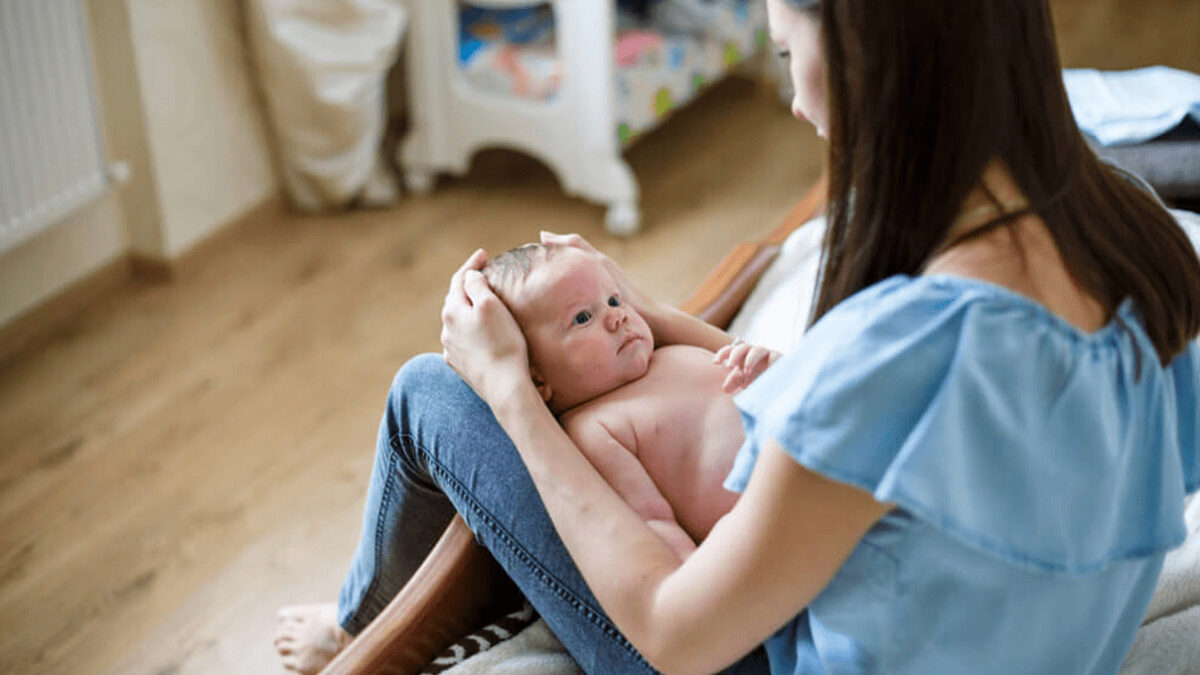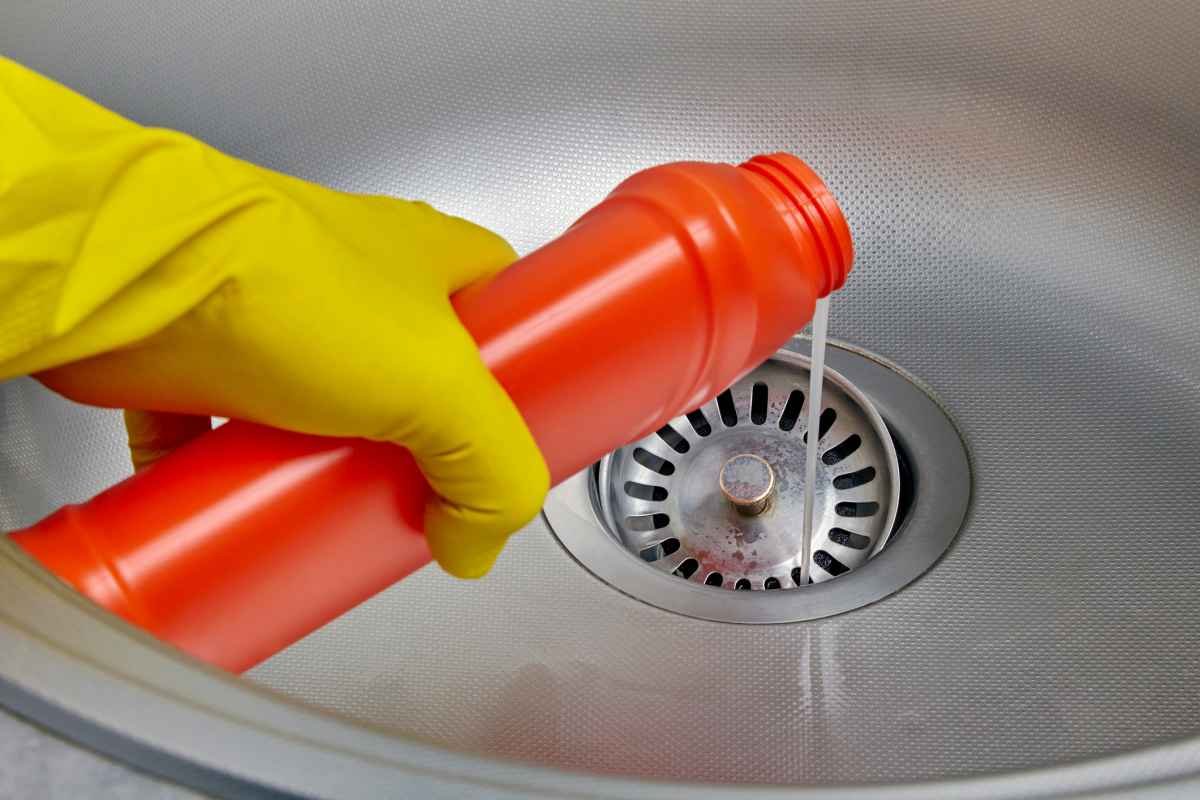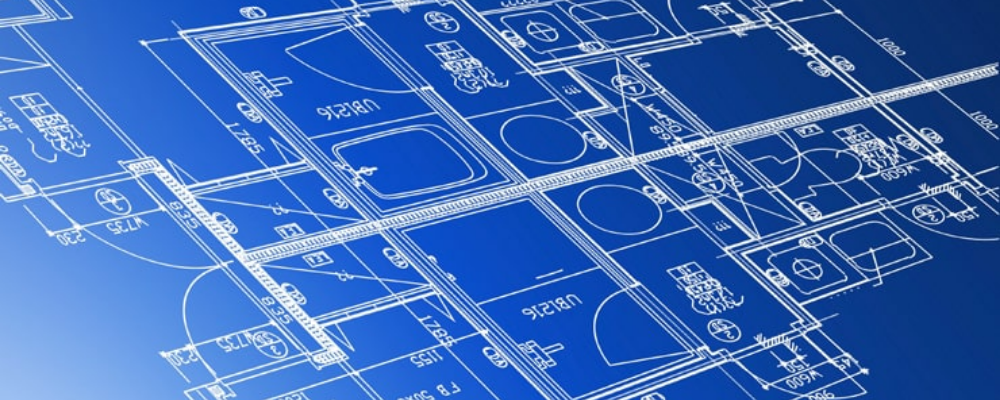
Healed tubal ligation scars can be a concern for many women. After undergoing the procedure, it’s important to know what to expect as the scars heal. These scars are a normal part of the healing process and can vary in appearance from person to person.
As the body heals, the tubal ligation scars may change in color and texture. Some women may experience raised or itchy scars, while others might see them fade over time. It’s essential to follow your doctor’s advice for proper care to ensure your scars heal well.
What Are Healed Tubal Ligation Scars?

Healed tubal ligation scars are the marks left on your body after a tubal ligation surgery. This surgery is done to prevent pregnancy by blocking or cutting the fallopian tubes. These scars are a normal part of the healing process and show where the incisions were made.
The appearance of healed tubal ligation scars can vary. Some may be small and hardly noticeable, while others might be more visible. It’s important to know that everyone’s body heals differently, so your scars might not look exactly like someone else’s.
If you notice changes in your healed tubal ligation scars, don’t worry. Over time, they might change in color and texture. It’s all part of the healing process. Always follow your doctor’s advice for proper scar care.
How Long Does It Take for Tubal Ligation Scars to Heal?
The healing time for tubal ligation scars can differ from person to person. Generally, it takes about a few weeks for the surface wounds to heal. However, it can take several months for the scars to fully mature and fade.
During the healing process, you might notice your scars changing. They could become lighter or darker, and their texture might change too. It’s important to be patient and give your body time to heal properly.
Proper care is crucial for good healing. Keeping the scar area clean and following your doctor’s instructions can help. If you have any concerns about your healed tubal ligation scars, it’s best to talk to your doctor.
Caring for Your Healed Tubal Ligation Scars
Taking care of your healed tubal ligation scars is important for proper healing. Keeping the scar area clean and dry can prevent infections and promote healing. Using gentle soap and water is usually recommended.
Avoid picking or scratching your scars. This can cause irritation and slow down the healing process. If your scars are itchy, you can use a moisturizer or an anti-itch cream as advised by your doctor.
Protecting your healed tubal ligation scars from the sun is also important. Sun exposure can make scars darker and more noticeable. Using sunscreen or covering the scars with clothing can help keep them protected.
Common Changes in Healed Tubal Ligation Scars
Healed tubal ligation scars can go through various changes as they heal. At first, they might be red and raised. Over time, they usually become lighter and flatter. These changes are normal and part of the healing process.
You might also notice your scars becoming itchy or feeling tight. This is because the skin is healing and adjusting. If the itching or tightness is bothersome, you can talk to your doctor about ways to manage it.
It’s important to keep an eye on your healed tubal ligation scars. If you notice any unusual changes, like increased redness or swelling, it’s a good idea to check with your doctor. They can provide guidance on how to care for your scars.
What to Expect from Healed Tubal Ligation Scars
After a tubal ligation, you can expect to have some scars. These scars are a normal part of the healing process. Right after surgery, the scars might be red and slightly raised. Over time, they usually become lighter and flatter.
The final appearance of your healed tubal ligation scars can vary. Some women might have scars that are hardly noticeable, while others might have more visible marks
How to Discuss Healed Tubal Ligation Scars with Your Doctor
Talking to your doctor about your healed tubal ligation scars can provide valuable insights. During your appointments, don’t hesitate to ask questions about your scars and how they are healing. Your doctor can offer personalized advice based on your unique situation.
If you’re concerned about the appearance of your scars, your doctor might suggest treatments or products that can help. They can also explain the normal healing process and what to expect. Open communication with your doctor is key to managing your healed tubal ligation scars effectively.
Using Makeup to Conceal Healed Tubal Ligation Scars
Makeup can be a helpful tool to conceal healed tubal ligation scars. There are many products available that can cover scars and make them less noticeable. Choosing the right makeup and applying it correctly can give you the desired coverage.
Start with a primer to create a smooth base. Then, use a concealer that matches your skin tone to cover the scars. Blend it well to ensure it looks natural. Finally, set the makeup with a light powder to keep it in place throughout the day.
Healed Tubal Ligation Scars and Exercise
Exercise can play a role in how your healed tubal ligation scars look and feel. Staying active helps improve blood flow, which can promote healing. However, it’s important to be cautious and not overexert yourself, especially soon after surgery.
Gentle exercises, like walking or yoga, can be beneficial. Avoid strenuous activities that could strain the area around your scars. If you’re unsure about what exercises are safe, consult your doctor for guidance.
Healed Tubal Ligation Scars and Diet
What you eat can also affect the healing of your healed tubal ligation scars. A healthy diet rich in vitamins and minerals supports skin repair and overall healing. Foods high in vitamin C, such as oranges and strawberries, can help boost collagen production.
Proteins are also important for tissue repair. Include sources of lean protein, like chicken, fish, and beans, in your diet. Staying hydrated by drinking plenty of water is essential for healthy skin and scar healing.
Understanding Keloid Scars from Tubal Ligation
Keloid scars are raised, thickened scars that can develop after tubal ligation surgery. These scars are more common in some people due to their genetic makeup. Keloid scars can be itchy and sometimes uncomfortable.
If you suspect you have keloid scars, talk to your doctor. They can recommend treatments like silicone sheets, steroid injections, or laser therapy to help reduce the appearance of keloid scars. Proper care and early intervention can make a big difference.
Healed Tubal Ligation Scars and Pregnancy
Healed tubal ligation scars generally do not affect pregnancy if you decide to reverse the procedure. However, if you have concerns, it’s important to discuss them with your doctor. They can provide information on how the scars might impact a future pregnancy.
During pregnancy, your skin will stretch, which can affect the appearance of your healed tubal ligation scars. Keeping your skin moisturized and following your doctor’s advice can help manage these changes. It’s essential to stay informed and proactive about your health.
Comparing Different Healing Techniques for Tubal Ligation Scars
There are various techniques and treatments available for healing tubal ligation scars. Some people prefer natural remedies, like aloe vera and coconut oil, while others opt for medical treatments, such as laser therapy or steroid injections.
It’s important to find the method that works best for you. Talking to your doctor can help you understand the pros and cons of each option. Experimenting with different techniques might also lead to discovering what suits your skin best.
Healed Tubal Ligation Scars and Clothing Choices

The clothes you wear can impact your healed tubal ligation scars. Tight clothing can irritate the scar area and slow down the healing process. Opting for loose, comfortable clothing can help reduce irritation and allow your scars to heal properly.
If you plan to be in the sun, wearing clothing that covers your scars can protect them from UV rays. Sun exposure can make scars darker and more noticeable. Keeping your scars covered and protected can aid in their healing.
Healed Tubal Ligation Scars and Massage Therapy
Massage therapy can help improve the appearance of healed tubal ligation scars. Gentle massaging of the scar tissue can increase blood flow and promote healing. Using oil or lotion while massaging can also keep the skin hydrated and soft.
It’s important to be gentle and avoid any pressure that causes discomfort. You can start massaging once your doctor gives the go-ahead. Regular massage therapy can gradually soften and flatten the scars, making them less noticeable over time.
Healed Tubal Ligation Scars: Before and After Care
Taking care of your skin before and after tubal ligation surgery can make a big difference in how your scars heal. Before surgery, keeping your skin clean and healthy sets a good foundation for healing. After surgery, follow your doctor’s care instructions carefully.
Proper aftercare includes keeping the scar area clean and dry. Applying any prescribed ointments can prevent infection and promote healing. Regular check-ups with your doctor ensure that your healed tubal ligation scars are healing properly.
Healed Tubal Ligation Scars and Hormonal Changes
Hormonal changes in your body can affect how your healed tubal ligation scars look and feel. For example, during pregnancy or menopause, hormonal shifts can impact your skin’s elasticity and healing process.
If you notice changes in your scars during these times, it’s a good idea to consult your doctor. They can provide advice on how to manage these changes and keep your skin healthy. Understanding the connection between hormones and scar healing can help you take better care of your skin.
Natural Remedies for Healed Tubal Ligation Scars
There are several natural remedies that people use to improve the appearance of healed tubal ligation scars. Aloe vera gel is known for its soothing and healing properties. Applying it to your scars can keep them hydrated and reduce redness.
Coconut oil is another popular remedy. Its moisturizing qualities help keep the skin soft and may promote healing. Always test a small area of your skin first to ensure you don’t have any allergic reactions to these natural products.
Healed Tubal Ligation Scars and Age
Age can influence how well your healed tubal ligation scars heal. Younger skin tends to heal faster and may have less noticeable scars. As you get older, your skin’s ability to repair itself slows down, which can affect scar healing.
It’s important to take extra care of your skin as you age. Using moisturizers, staying hydrated, and protecting your skin from the sun can all contribute to better healing. No matter your age, proper scar care can improve the appearance of your healed tubal ligation scars.
The Role of Vitamin E in Healing Tubal Ligation Scars
Vitamin E is often used to help heal scars, including healed tubal ligation scars. It has antioxidant properties that can promote skin health and reduce the appearance of scars. You can find vitamin E in oils, creams, and even supplements.
Applying vitamin E oil to your scars can keep the skin moisturized and support the healing process. Be sure to follow any guidelines provided by your doctor to avoid any adverse reactions. Consistent use of vitamin E can make a positive difference in your scar healing journey.
Healed Tubal Ligation Scars and Self-Care Practices
Incorporating self-care practices into your routine can support the healing of your healed tubal ligation scars. Taking time to relax and reduce stress can positively impact your overall health, including your skin. Stress can affect your body’s ability to heal, so finding ways to unwind is beneficial.
Activities like meditation, gentle yoga, or simply spending time in nature can help you relax. Prioritizing self-care ensures that your body and mind are in the best condition to support healing.
Social Media and Healed Tubal Ligation Scars
Social media can be a valuable resource for learning about healed tubal ligation scars. Many women share their experiences and tips for scar care on platforms like Instagram and Facebook. Following accounts and joining groups dedicated to post-surgery recovery can provide support and information.
Engaging with others who have similar experiences can make you feel less alone in your journey. You might discover new products or techniques that could help with your scar healing. Always remember to verify any advice with your doctor before trying new methods.
Healed Tubal Ligation Scars and Dermatologists
Visiting a dermatologist can provide specialized care for your healed tubal ligation scars. Dermatologists have expertise in skin health and can offer treatments that might not be available over-the-counter. They can recommend products or procedures that can improve the appearance of your scars.
If you have persistent concerns about your scars, scheduling an appointment with a dermatologist is a good idea. They can create a personalized treatment plan that suits your skin type and scar condition. Professional guidance can make a significant difference in your scar healing process.
Healed Tubal Ligation Scars and Body Image
Healed tubal ligation scars can impact your body image. It’s natural to have mixed feelings about your scars, but it’s important to remember that they are a sign of your body’s strength and healing. Embracing your scars can be a powerful step Talking to others who have similar experiences can provide support and reassurance. Remember, your healed tubal ligation scars are part of your unique story. Celebrating your body’s resilience can help you feel more confident and empowered.towards positive body image.
Healed Tubal Ligation Scars: Myths vs. Facts
There are many myths about healed tubal ligation scars. One common myth is that scars can disappear completely. While scars can fade and become less noticeable, they don’t usually vanish entirely. Understanding the facts about scar healing can set realistic expectations.
Another myth is that expensive products are always better. In reality, simple and affordable treatments can be very effective. Being informed about what truly works can help you take better care of your healed tubal ligation scars.
Healed Tubal Ligation Scars and Cosmetic Procedures

Cosmetic procedures can offer solutions for improving the appearance of healed tubal ligation scars. Options like laser therapy, microneedling, and chemical peels can reduce scar visibility. Consulting a specialist can help you explore these options and decide what might work best for you.
It’s important to understand the benefits and risks of any procedure. Make sure to choose a reputable professional to ensure safe and effective treatment. Cosmetic procedures can enhance the look of your scars, but it’s crucial to have realistic expectations about the results.
Conclusion:
Healed tubal ligation scars are a part of your unique journey. Taking care of them with simple steps like using ointments, massaging gently, and keeping your skin hydrated can make a big difference. Remember, everyone’s scars heal differently, and it’s okay to seek help from doctors or try natural remedies.





